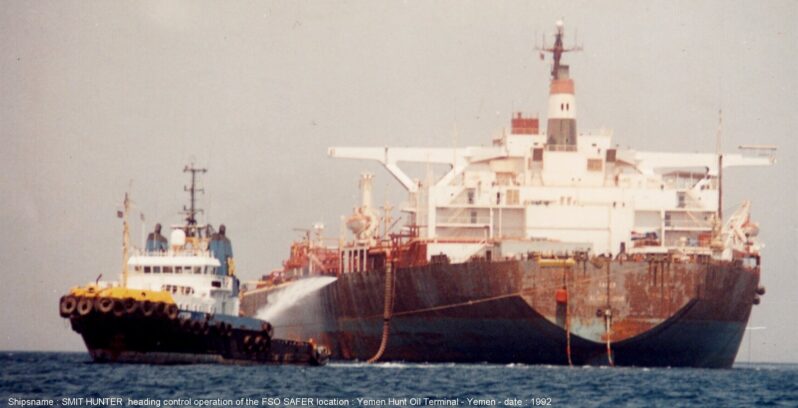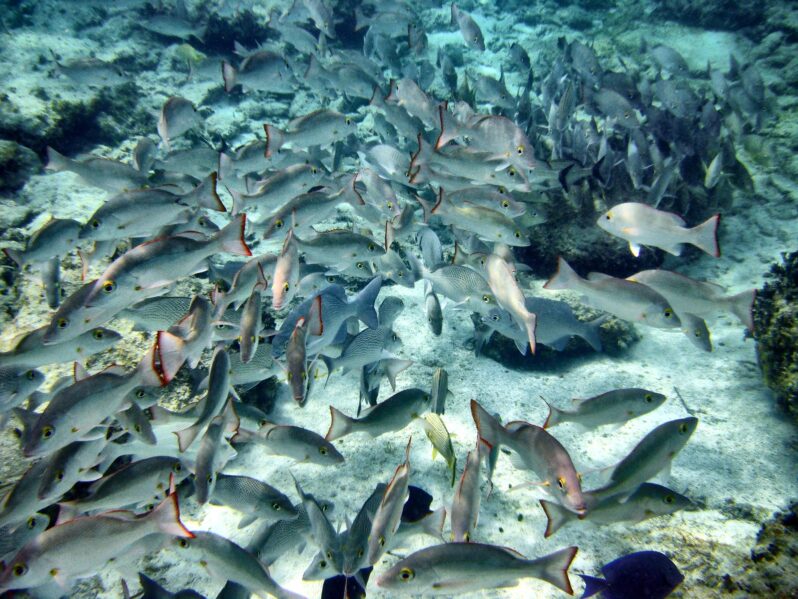Inside the Marshall Islands’ life-or-death plan to survive climate change – Grist Magazine

The Pacific island nation is seeking $35 billion to protect against sea-level rise and prevent a mass exodus…“We call it our national adaptation plan, but it is really our survival plan,” said John Silk, the foreign minister of the Republic of the Marshall Islands…
Plastic credits are supposed to support new cleanup projects. Do they? – Grist

Critics say they won’t work, for one of the same reasons carbon credits haven’t…
From Jane to the Octonauts, Children’s TV is Taking on the Climate Crisis – Grist Magazine

Olivia Dreizen Howell wasn’t seeking out a climate lesson when she and her kids, aged 7 and 9, tuned into Molly of Denali, a popular children’s show on PBS. But there it was: Molly, a 10-year-old Alaska Native and vlogger from the fictional village of Qyah, goes with her friends to visit an old clubhouse. Upon arriving, they find it has begun to sink into the ground. The episode, “Not So Permafrost,” follows Molly as she uncovers why her refuge is sinking in the first place. It served as an unexpected opening for Dreizen Howell and her family to discuss the climate crisis…
Hip hop has been a climate voice for 50 years. Why haven’t more people noticed? – Grist Magazine

“People have spent time bobbing their heads to our stories of this despair and not seeing it as a call to action…”
Hip hop’s relationship to the environment, both in terms of lyrics and political activism, goes back to its very beginning, when smoke from apartment fires blackened the skies of the 1970s South Bronx. And yet its role in advocating for climate solutions has largely gone unnoticed…
Using ‘recycled plastic’ in construction materials may not be a great idea after all – Grist Magazine

Last month, the American Chemistry Council, a petrochemical industry trade group, sent out a newsletter highlighting a major new report on what it presented as a promising solution to the plastic pollution crisis: using “recycled” plastic in construction materials. At first blush, it might seem like a pretty good idea — shred discarded plastic into tiny pieces and you can reprocess it into everything from roads and bridges to railroad ties…
The race to defuse an oil ‘time bomb’ disaster threatening the Red Sea – Grist Magazine

Ten days ago, the crew of a ship called the Nautica lifted anchor in Djibouti and motored north in the Red Sea. Two tugboats met the vessel about five and a half miles off the coast of Yemen, then guided it into place alongside the FSO Safer, a crumbling, abandoned oil tanker thought to hold 1 million barrels of crude.
Thus began an operation that’s the ecological equivalent of placing the pin back into a hand grenade…
Replay Boomer – Grist Magazine, Imagine 2200 Climate Fiction Initiative

Imagine 2200, Grist’s climate fiction initiative, publishes stories that envision the next 180 years of equitable climate progress, imagining intersectional worlds of abundance, adaptation, reform, and hope.
1963
Breakfast is interrupted by a crash that shakes the house to its foundations. Out the window, the wet coastal view is obscured by a spray of dust and foam. Another house has slid into the sea…
Listen: Climate fiction to imagine a better world – the Grist

Imagine 2200, Grist’s climate fiction initiative, invites readers and writers to envision equitable climate progress in futures near and far.
In this audiobook collection, immerse yourself in readings of some of our favorite tales we’ve published so far. They tell of finding climate solutions in one’s heritage, the connections between species facing extinction, and finding ways to survive through the power of community.
As Ocean Oxygen Levels Dip, Fish Face an Uncertain Future – Yale Environment 360

Global warming not only increases ocean temperatures, it triggers a cascade of effects that are stripping the seas of oxygen. Fish are already moving to new waters in search of oxygen, and scientists are warning of the long-term threat to fish species and marine ecosystems.
ff the coast of southeastern China, one particular fish species is booming: the oddly named Bombay duck, a long, slim fish with a distinctive, gaping jaw and a texture like jelly. When research ships trawl the seafloor off that coast, they now catch upwards of 440 pounds of the gelatinous fish per hour — a more than tenfold increase over a decade ago. “It’s monstrous,” says University of British Columbia fisheries researcher Daniel Pauly of the explosion in numbers…
